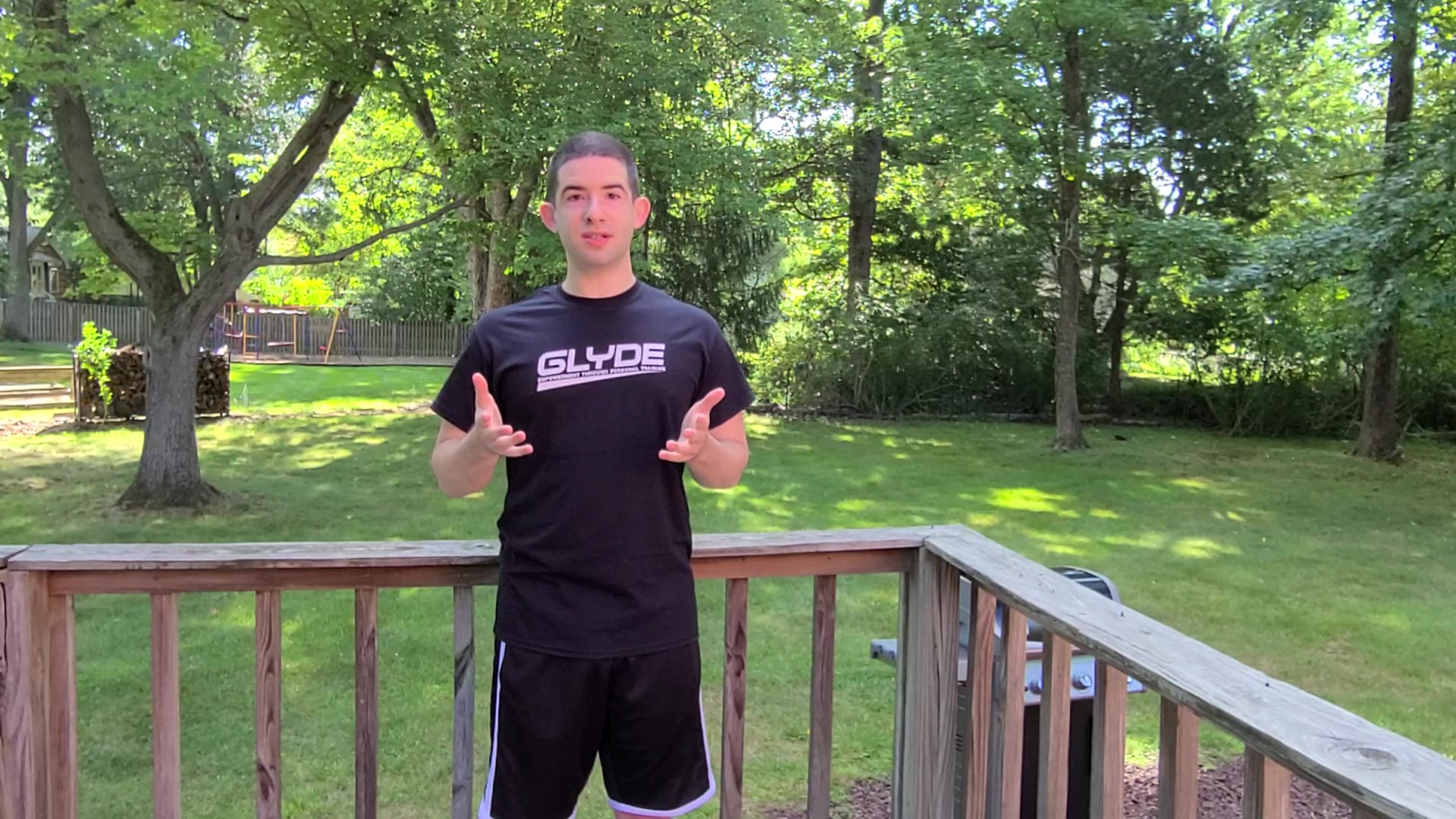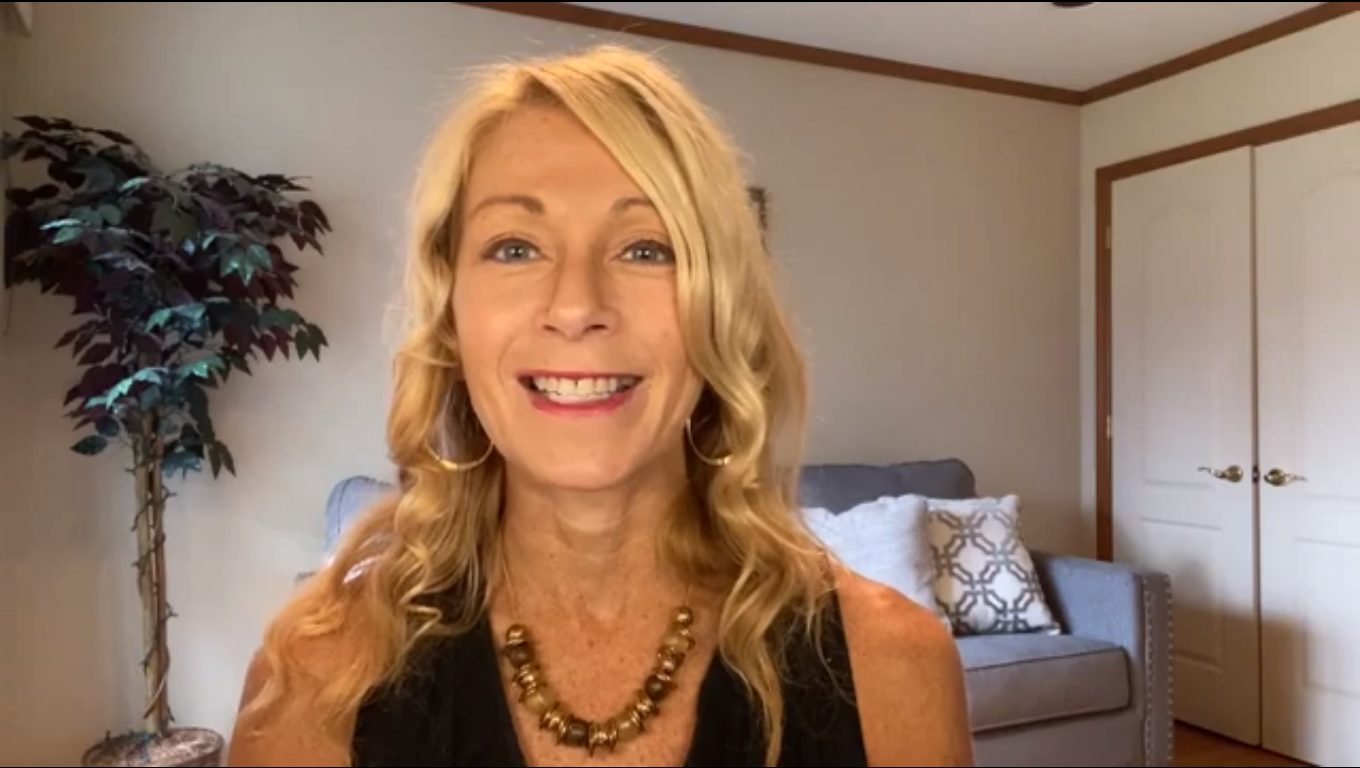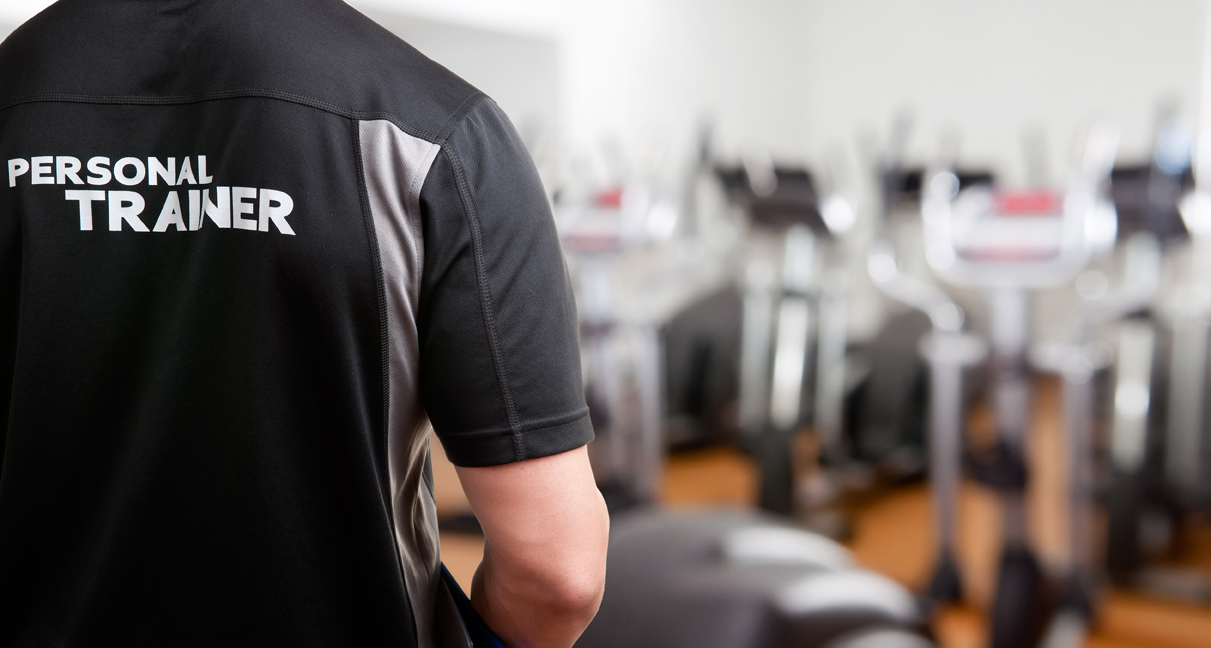Benefits of Being a Corrective Exercise Specialist
Research shows that 90% of people report painful and limiting musculoskeletal conditions affecting the success of their workouts. (4) In response to this need corrective exercise is booming with fitness professionals becoming educated about musculoskeletal assessments, movement analysis and corrective exercise to help both themselves and their clients feel and function better. Becoming a specialist in corrective exercise and integrating these strategies into your fitness business has many advantages.

- Attract More Clients: Latest research indicates the number one reason people seek the help of a fitness professional is to assist them with muscle/joint pain. (4) If you are qualified to address these problems, you will attract more clients.
- Increased Revenue: Having a sought-after specialty qualification in corrective exercise has been shown to increase your income by as much as 50%. (1)
- Utilize Fool-Proof Assessments: When a client comes to you with pain or complains of pain during their workout, you can take a strategic and active approach to assessing and correcting the underlying cause of their problem.
- Use Proven Methods: The corrective exercise strategies contained in well-recognized corrective exercise certifications like The BioMechanics Method have been tried and tested on real clients and produce unbelievable results.
- Design Better Workouts: A better understanding of functional anatomy and movement can not only help you get clients out of pain, but it can also assist you in designing more effective exercises. This enables you to create high-performance programs for both weekend warriors and professional athletes.
- Accelerate Client Results: Injuries and movement dysfunction limit the types and intensity of workouts clients can perform. Helping clients feel better so they can perform better, both in and out of the gym, lets them realize goals sooner.
- Keep Clients Coming: When clients get injured, they drop out. Addressing your client’s muscle imbalances and movement dysfunction at the outset of their program decreases the likelihood they will experience pain or injuries and ensures they can continue working with you.
- Increase Word of Mouth Referrals: The ability to help clients get out of pain and achieve their goals is marketing gold. They will confidently refer friends, family and colleagues to you for help. You will also be able to successfully network with health professionals who need a trusted, qualified corrective exercise specialist to whom they can refer patients.
- Get Ahead at Work: Latest research indicates that advanced qualifications weigh heavily in an employer’s decision when looking to promote a staff member. (2)
- Edge out the Competition: Statistics show that 89% of clients are looking for a fitness professional to help them alleviate their aches and pains. Yet only 56% of personal trainers offer corrective exercise services.4 The knowledge and skills you obtain by earning a corrective exercise qualification could provide you with a major competitive edge in the fitness arena.
Helping clients overcome aches and pains can be a profitable and rewarding experience. A sound understanding of biomechanics will allow you to develop and use your practical corrective exercise skills. It also provides an outlet for you to market your unique services and become one of the industry’s most sought-after professionals.
MedFit Network (MFN) members receive 20% off The BioMechanics Method Corrective Exercise Specialist certification. Members can get their discount coupon here.
Justin Price is one of the world’s foremost experts in musculoskeletal assessment and corrective exercise and creator of The BioMechanics Method Corrective Exercise Specialist certification (TBMM-CES). The BioMechanics Method is the fitness industry’s highest-rated CES credential with trained professionals in over 70 countries. Justin is also the author of several books including The BioMechanics Method for Corrective Exercise academic textbook, a former IDEA Personal Trainer of the Year, and a subject matter expert for The American Council on Exercise, Human Kinetics, PTA Global, PTontheNET, TRX, BOSU, Arthritis Today, BBC, Discovery Health, Los Angeles Times, Men’s Health, MSNBC, New York Times, Newsweek, Time, Wall Street Journal, WebMD and Tennis Magazine.
References
- NASM. 2015. Annual NASM-CPT Survey. Chandler, AZ: National Academy of Sports Medicine.
- National Federation of Personal Trainers, 2012. www.nfpt.com
- Price, J. 2018. The Biomechanics Method for Corrective Exercise. Champaign, Illinois: Human Kinetics.
- Schroeder, Jan., and Donlin, Ayla. 2013. IDEA Fitness Programs and Equipment Trends Report. IDEA Health & Fitness Association.











 However, many trainers fall in love working with these clients, whether they are a
However, many trainers fall in love working with these clients, whether they are a 